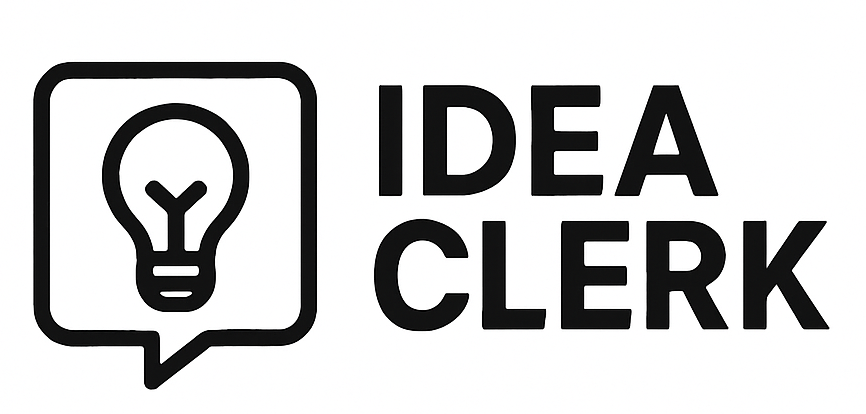Short answer: You probably can’t. Here’s why.
The market is broken.
It’s surprisingly easy to file a bad patent application—and surprisingly hard to tell the difference until it’s too late.
Many founders assume that if a service looks polished, has nice testimonials, or is used by others, it must be good enough. But in the world of patents, that logic breaks down.
Two big problems:
CoPilot Tools: Not Built for Founders
AI co-pilots are a step forward, but they still assume you know what you’re doing. Unless you’re a trained patent professional, you won’t know how to:
These tools are useful if you’re already an experienced patent drafter. Idea Clerk is designed for founders who aren’t.
Cheap Options Cut Corners
Unfortunately, many low-cost alternatives—like unlicensed technical writers, fly-by-night firms, or offshore services—simply generate “good enough” documents for filing.
But “good enough to file” is not the same as:
Patent quality is hard to evaluate directly, but here are a few suggestions
Not all attorneys are created equal. Try to speak with patent attorneys who actively work with VC-backed startups—especially those doing Series A or later work. Ask them:
What kinds of mistakes do they see in startup provisionals?
What services have they had to fix?
If they had to use a self-serve tool, which would they choose?
If you ask enough attorneys privately, you’ll start to hear patterns.
Some services optimize for speed or cost at the expense of quality.
Others offer tools designed to help attorneys—not replace them.
Idea Clerk was built specifically for startup founders, not lawyers or legal marketers. We’ve baked expert judgment directly into the product so you don’t need to supply it yourself.
Looking at the website ➝ Good UX ≠ good legal work product
Reading testimonials ➝ Most customers can’t judge quality
Asking other founders ➝ Most never learned their patents were flawed
Asking advisors ➝ Many aren’t trained in IP
Comparing prices ➝ Doesn’t reflect downstream costs
Relying on DIY templates ➝ Quality depends on what supports the claims
We started Idea Clerk to change that.
If you have questions about how to evaluate patent options—or want to better understand where Idea Clerk fits in—reach out:

Resources
Company
The "Idea Clerk" name and logo are trademarks of Paximal, Inc., which is not an attorney or a law firm and can only provide self-help services at your specific direction. All content is generated using Paximal's patent automation engine and should be reviewed before filing. We provide instructions on filing provisional patent applications with the USPTO, and facilitate USPTO-registered patent practitioner review and filing as needed.
Copyright © 2025 Paximal, Inc. All rights reserved.